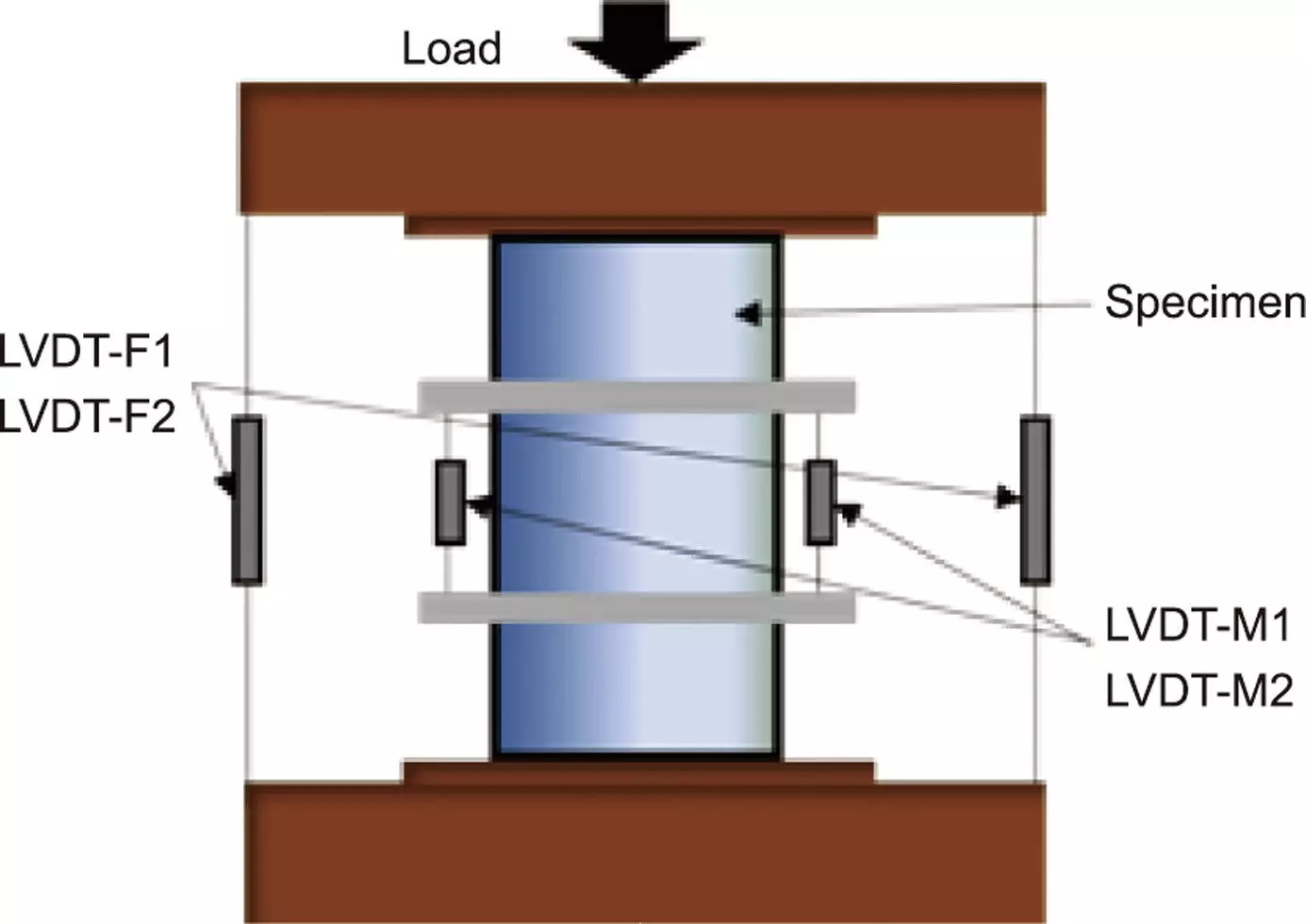In the fast-paced world of construction and infrastructure, the quest for materials that exhibit extraordinary strength and durability is ever-present. Ultra-high-performance concrete (UHPC) has emerged as a frontrunner in this endeavor, offering remarkable characteristics that set it apart from traditional concrete. However, the complexities involved in deciphering UHPC’s behavior when subjected to external influences, particularly when reinforced with fiber-reinforced polymers (FRP), have posed significant challenges for engineers and researchers alike. A recent study led by a group of scholars from Huazhong University of Science and Technology and Southern University of Science and Technology has attempted to address these challenges by developing a refined stress–strain model that promises to revolutionize the understanding of FRP-confined UHPC.
Historically, existing models have made strides in capturing the stress–strain dynamics of normal-strength concrete (NSC) when confined by FRP. Yet when it comes to UHPC, these traditional models fall short, failing to account for the material’s unique behavioral responses under similar conditions. UHPC’s distinct properties demand a more sophisticated approach, which requires in-depth investigations into its failure mechanisms during concentric compression conditions. Previous research primarily employed the stress-path-independency assumption—an approach that works adequately for NSC but does not translate well to the complexities of UHPC.
The recent study undertook a series of rigorous experiments to elucidate the characteristics of FRP-confined UHPC. Researchers identified that, contrary to established beliefs, the stress-path-independency assumption does not hold true in this context. One of the pivotal discoveries was the recognition that major diagonal cracks in FRP-confined UHPC lead to a non-uniform expansion of the material, effectively diminishing the confining pressure imparted by the FRP. This finding serves as a cornerstone for the modified approach proposed in this study, prompting the researchers to reassess existing methodologies for representing UHPC.
To bridge these gaps, the researchers crafted a new model that addresses both the nuances of stress-path dependency and the intricacies involved with confining pressures. This innovative model incorporates adjustments for confining responses and introduces an equation to quantify the confining pressure gap more accurately, establishing an advanced analytical framework for future applications.
Validation and Implications of the New Model
The validation of this new model was undertaken with a comprehensive database that included extensive test results, enabling the researchers to benchmark their findings against a multitude of scenarios. The results demonstrated that the modified model outperformed its predecessors by accurately predicting the stress–strain behavior of FRP-confined UHPC. This significant achievement not only enhances the theoretical foundation upon which future studies might be built, but it also provides engineers with a robust tool for designing safer and more efficient structural applications.
The implications of this advancement extend beyond academic discourse; they potentially redefine practical engineering protocols in construction. The ability to predict UHPC behavior accurately will likely lead to innovative designs and applications across a variety of structural projects, from bridges to high-rise buildings.
As the construction sector confronts increasingly complex demands, this new analysis-oriented model offers a pathway to enhance the efficacy and safety of UHPC-utilizing structures. The findings of this research empower engineers and concrete technologists to improve performance criteria that are foundational in high-stakes environments. It also opens the door for further studies to explore UHPC applications under different conditions and reinforcements.
The novel modeling approach introduced by the researchers significantly contributes to the advancement of structural engineering practices involving UHPC. By shedding light on previously misunderstood behaviors, this study lays a solid groundwork for future innovation within concrete technology and raises the bar for engineering standards in the construction industry. The outlook is promising as this new model heralds a transformative era for the application of ultra-high-performance concrete in modern-day structures.

